In need of a new roof? Are you looking for suitable material for your roof? Our goal is to provide comprehensive information on all things related to roofing. Read on if you’re interested in learning more than the fundamentals of shingle roofing, which is a terrific choice for anyone considering a roof replacement.
Since 1987, The Roof Doctors has offered reliable asphalt roof maintenance and installation services to North California locals. Our dedication to our customers and the quality of our work is unparalleled in the roofing industry. The condition of your roof will be of no concern to you when you work with us.
You might have an instant mental image of a shingle roof, but how well-versed are you on this common roofing type? When you’re done reading this page, you’ll know what an asphalt roof is, the many kinds of asphalt shingles, and some of the most important facts concerning asphalt shingle roofs.
What is an asphalt shingle roof?
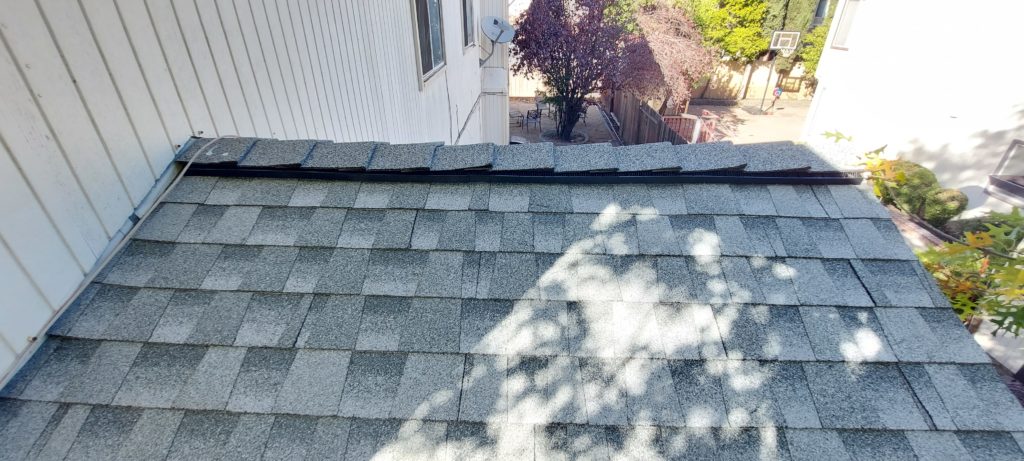
Here’s the straightforward answer for those wondering, “What is a shingle roof?”: it’s a roofing installation covered with shingles. Shingles are flat, rectangular pieces of asphalt, composite, or other roofing material; they’re applied from the base of the roof upwards and often overlap to provide full coverage.
But there’s a lot more to shingle roofing than this basic definition. It’s a roof system made primarily out of asphalt shingles and other asphalt roofing components.
There are three types of asphalt shingles to choose from 3-tab, dimensional, and luxury.
- 3-tab asphalt shingles lay flat and get their name from the 3 tabs on each shingle strip.
- Dimensional shingles give you a good-looking random pattern or simulate the look of a wood shake roof. They are the most common type installed on roofs today.
- Luxury or premium shingles are actually larger than the other asphalt shingles and are made to look like slat. Luxury-style shingles are just as heavily marketed as dimensional but are almost double the price.
What to know about an asphalt shingle roof
You now have an understanding of asphalt shingle roofing and the three varieties available. There is, however, additional information that must be considered about asphalt shingle roofs.
It’s important to have details like the expected lifespan, weather resistance, and other components of the roof’s whole system at your fingertips.
1. Shingles can be found in various colors and styles.
When asphalt shingles became popular in the early 1900s, they were only available in green or black. Today, however, asphalt shingles come in a wide variety of colors, from classic black to natural earth tones and contemporary reds, blues, and greens. Modern shingle roofing can be stylishly textured to resemble slate, wood, or tile, making it safer and lower maintenance.
Maintaining your asphalt shingle roof annually or biannually extends its lifespan. Early detection of asphalt shingle issues might prevent leaks from causing structural damage to your home.
The lifespan of asphalt shingles can be drastically reduced if it is allowed to sit in contact with wet debris. For this reason, regular roof maintenance is essential to ensure that your roof continues to function properly over the years.
2. Asphalt shingle roofing is lightweight.
Asphalt shingles are only one of what makes up a roof made of asphalt. It uses a variety of essential roofing components and supplies to guarantee that your home will remain watertight.
The weight of a roof is a major factor that must be taken into account. If your house is old or doesn’t have modern support systems, clay tiles or slate may be too heavy. Asphalt shingles, especially 3-tab shingles, are exceptionally lightweight and may be used on virtually any type of house.
As essential as asphalt shingles are to an asphalt roof, the other components are not to be overlooked. An asphalt roof consists mostly of the roof decking, flashing, underlayment, and drip edge, among other materials and components.
Each of these components is vital to the roof’s ability to keep the elements out of your home.
3. Shingles are cheaper, easier to install, and more durable.
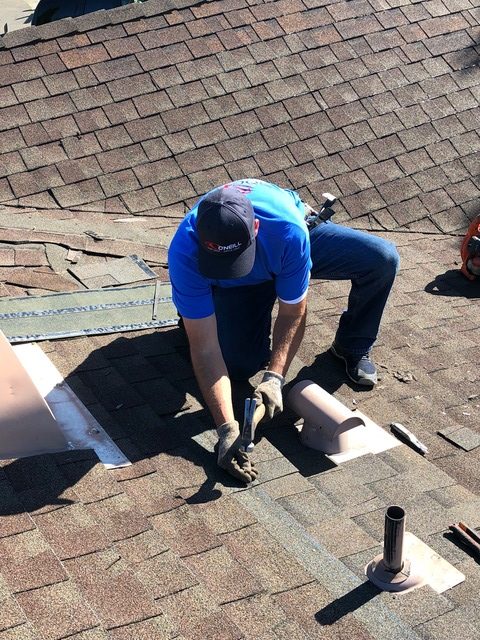
Shingles are more cost-effective than other roofing materials because they can be mass-produced. In addition to reducing labor costs, its easier installation requirements mean fewer workers will need to be paid to do so.
As if those advantages weren’t enough, asphalt shingle roofs also tend to last for quite some time. With this in mind, the manufacturer guarantees a certain amount of time for each of the three asphalt shingle varieties.
The amount of time your roof lasts is called its lifespan. Depending on the shingles you install, your roof’s lifespan might be anything from ten to thirty years or more.
The shortest-lived of the three varieties of shingles is the 3-tab variety, with a lifespan of about 25 years. In ideal conditions, dimensional and luxury shingles both have a 30-year lifespan, but the latter has the potential to last even longer.
If you have a well-ventilated attic and your asphalt roof is placed correctly, it should last for as long as the manufacturer claims. If you have an asphalt roof, you may expect to get between 80% and 85% of that out of it.
Other types of shingle roofs
Historically, roofing shingles referred to a wood roof installed in an overlapping manner from the bottom to the top of a roof. This is still the case in regions where wood roofs are part of traditional architecture, such as Central and Eastern Europe.
Roofing shingles is a generic term that can refer to different types of roofing materials laid in an overlapping pattern on sloped roofs. Today, the term roofing shingle is applicable to a wide variety of roofing materials including asphalt, metal, wood, clay and slate.
While the roofing material may vary, roofing shingles are generally installed following the same guidelines, such as the fact that they can only be installed on buildings with pitched (aka sloped) roofs.
1. Wood
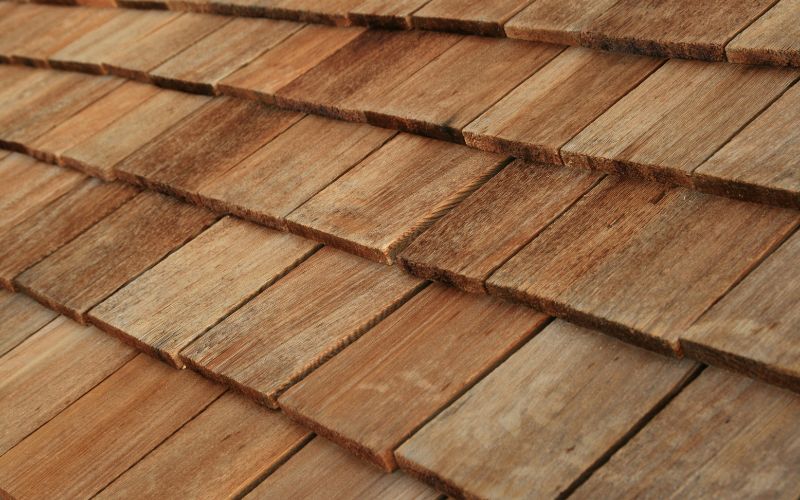
Wood shingles are machine-cut from cedar, spruce, or pine to offer a natural-looking and environmentally friendly trim that lasts 20 to 25 years. They come at an economical price point.
Following installation, it’s easy to power-wash mildew- or mold-ridden shingles. However, damaged individual shingles often need replacement rather than repair. The plywood decking beneath the shingles makes DIY replacement more challenging than with asphalt shingles.
But unless you choose wood shingles with a Class A fire rating, these shingles aren’t fit for extremely hot and dry or wet climates, as they’re vulnerable to fire, rot, hail, and termites—any of which can cause them to chip, crack, or split. Installing them in the Great Plains is your best bet so long as the fire code in your region doesn’t forbid their installation.
2. Metal
For more than a century, metal was the go-to roofing material for the industrial sector. Warehouses, factories and other industrial buildings took advantage of the many benefits of metal roofing, including:
- Durability: Metal roofs are considered one of the most durable roofing materials on the market due to their ability to withstand the elements, and protect buildings from hurricane-force winds, hail, fire and more.
- Longevity: Metal roofs last up to three times longer than traditional roofing materials, such as asphalt, tile or wood.
- Low-Maintenance: Apart from the occasional removal of fallen leaves and debris after a heavy downpour, metal roofs require little-to-no maintenance.
Today, metal roofing has expanded far beyond the industrial sector and is considered the second most popular roofing material.
A metal shingle roof replicates the appearance of asphalt shingle, tile shingle, or wood shingle roofing. Metal shingle roofs give homeowners the best of both worlds: a traditional roof style with the industrial-strength durability of metal.
3. Slate
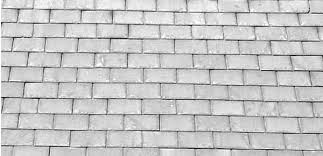
Slate shingles’ sleek yet rugged composition contributes to their elegant naturalism and durability. The heat-, hail-, and water-resistant, noncombustible slate shingles with a low tendency to leak last anywhere from 50 to 100 years in all climates. Their ability to withstand large amounts of snow makes them the best choice for homes in the Midwest.
4. Clay and Concrete
Southwest Spanish-style homes often have flat, barrel-shaped, or scalloped clay or concrete roofing in various colors. Clay is noncombustible and non-fading, while concrete reflects sunlight and effectively insulates interiors from heat and cold.
Although concrete tiles are heftier than clay, roofs made with either type of shingle warrant consulting a structural engineer to make sure your home can support the installation. Typically, a roof will still need extra framing (underlying supports) during installation to support their weight.
You can repair these tiles on your own with roofing cement, but individually replacing them on your own is difficult due to the weight and limited impact resistance of individual tiles.
5. Composite
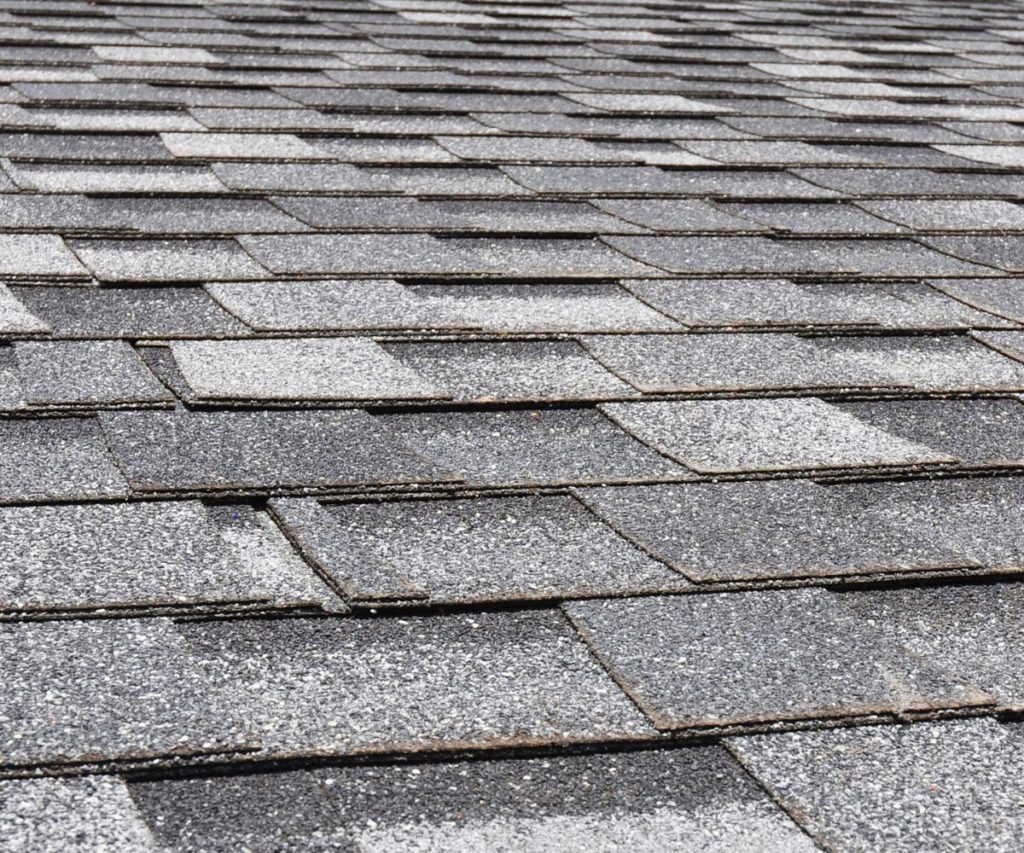
Composite shingles convincingly mimic the look and feel of shingles made of natural materials such as wood or slate. These shingles retain their color over their lifespan of 50-plus years, and are heat- and impact-resistant to varying degrees (those with a Class-A fire rating and Class-4 impact-resistance rating offer the best resistance to fire and hail).
The additives in some composite shingles lend them additional defenses such as moss and UV resistance. However, they usually offer less insulation than the materials they mimic (upping your heating or cooling costs).
While they’re suitable for installation in all climates, low-quality composite shingles—which can be prone to absorbing water—may soak, freeze, and warp more quickly in locations that frequently experience rain or regular cycles of freezing and thawing.
Whether to use composite shingles ultimately boils down to your budget and durability expectations. For example: Composite shingles that look like slate are cheaper, lighter, and less durable than slate shingles. Composite shingles that look like wood are twice as expensive as actual wood shingles but last twice as long and resist fire.
How much does an asphalt roof cost?
| Roof | Cost |
| Single-story home | $4.00 per square foot |
| Two-story home | $5.86 per square foot |
| Two-story home with a complicated roof design | As much as $8.00 per square foot |
Having read this, you should better understand asphalt roofs and the three most important facts about asphalt shingle roofs. This article can help you decide if asphalt shingles are the correct roofing material for your roof replacement.
Even so, you should know a few things before installing a new asphalt roof. One of those things is how much your new asphalt roof will cost.
- For a simple, single-story home with an up-and-over roof with no valleys or penetrations, you may spend around $4.00 per square foot.
- A two-story home with some complexity and adequate accessibility will probably cost roughly $5.86 per square foot to build.
- A two-story home with a complicated roof design, a high roof pitch, and limited access could cost as much as $8.00 per square foot to build.


